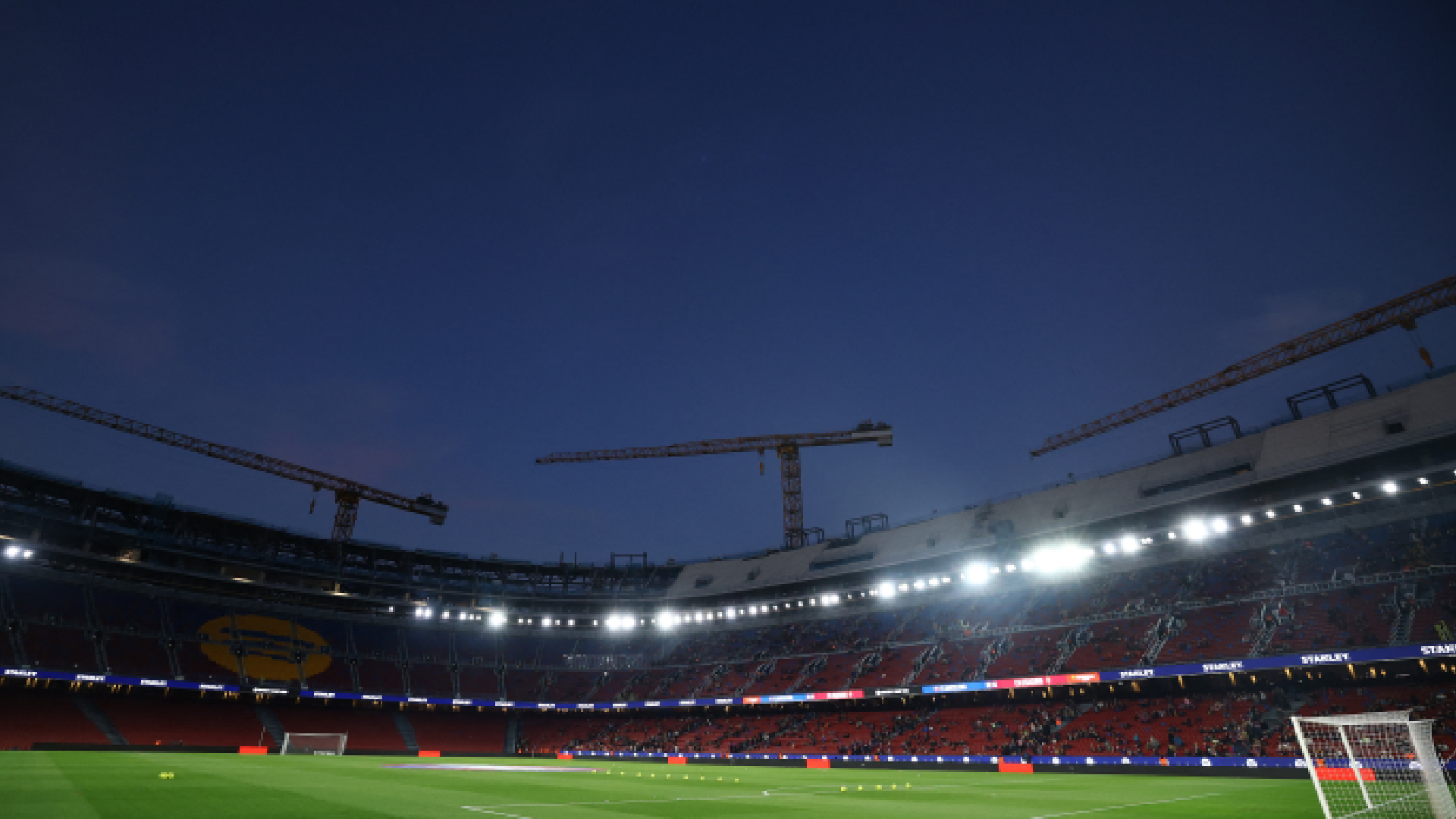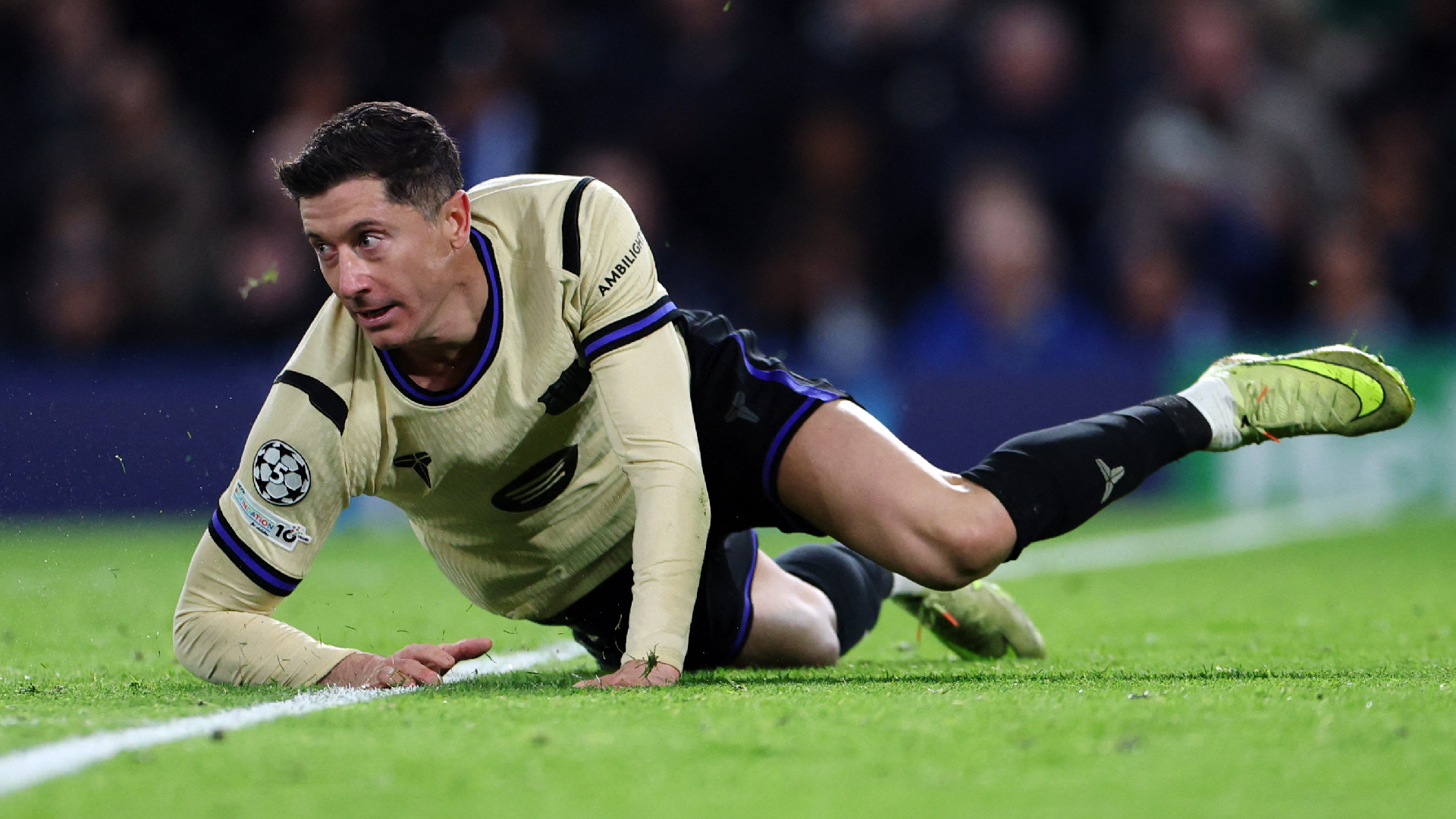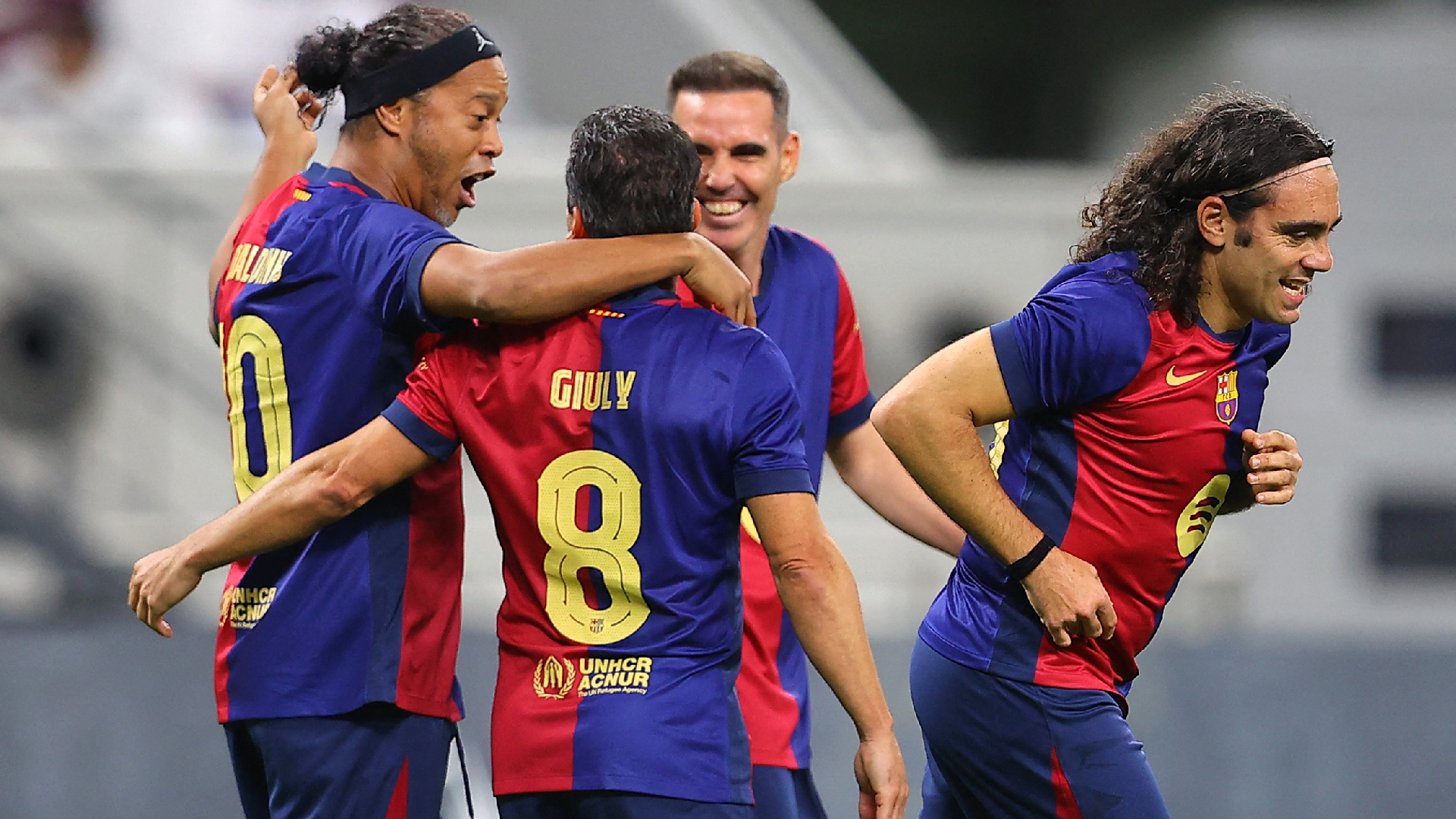How Did Ter Stegen Get Injured?
Ter Stegen suffered one of the worst injuries a footballer can face: a complete rupture of the patellar tendon in his right leg, which will keep him sidelined for the entire season with the Catalans. But how did his injury occur?
During a corner kick, the FC Barcelona goalkeeper jumped to catch the ball with both hands. Yeremi Pino slightly pushed him in the air, causing him to lose his balance. When he fell on his right leg, his knee couldn't withstand the intensity of the action, resulting in a severe injury.
How Long Will Ter Stegen Be Out?
Roberto Seijas, the traumatologist at the Cugat Institute, stated that Barcelona's goalkeeper Marc-André Ter Stegen will be out for between eight months to a year due to the complete rupture of the patellar tendon in his right knee, a condition he described as "very serious."
"This is a very serious injury that requires time for recovery from surgery and the healing of the tendon, followed by a lengthy rehabilitation process to regain knee movement, muscle strength, and balance on the injured knee," the specialist explained.
Ter Stegen injured his right knee—the same one he had surgery on in May 2021—after a bad fall during the match against Villarreal at La Cerámica, leaving the field on a stretcher.
Seijas noted that the typical recovery time for this type of injury is usually around eight months, although he cautioned that in the case of professional athletes, it could take up to a year before they can return to competitive play.
However, the doctor emphasized that this injury has "nothing to do" with previous injuries that the 32-year-old goalkeeper has suffered in his right knee, as these are "independent injuries."
He also admitted that "age always influences" the rehabilitation process, as "younger patients have a much quicker recovery capacity." "He will likely recover similarly, but the recovery pace may be slightly slower. It will range between eight months to a year," he stressed.
The doctor pointed out that patellar tendon injuries are "less frequent" among footballers than cruciate ligament injuries, but he highlighted that "the severity is similar." He clarified that the recovery process in these cases is "the same" regardless of whether the affected player is a goalkeeper or a field player.
Finally, Seijas asserted that there are more serious knee injuries because there is "a direct correlation between the number of hours players train and compete and the number of injuries." "This relates to the match calendar and the level of demands on the players. We need to find a balance," he added.
































